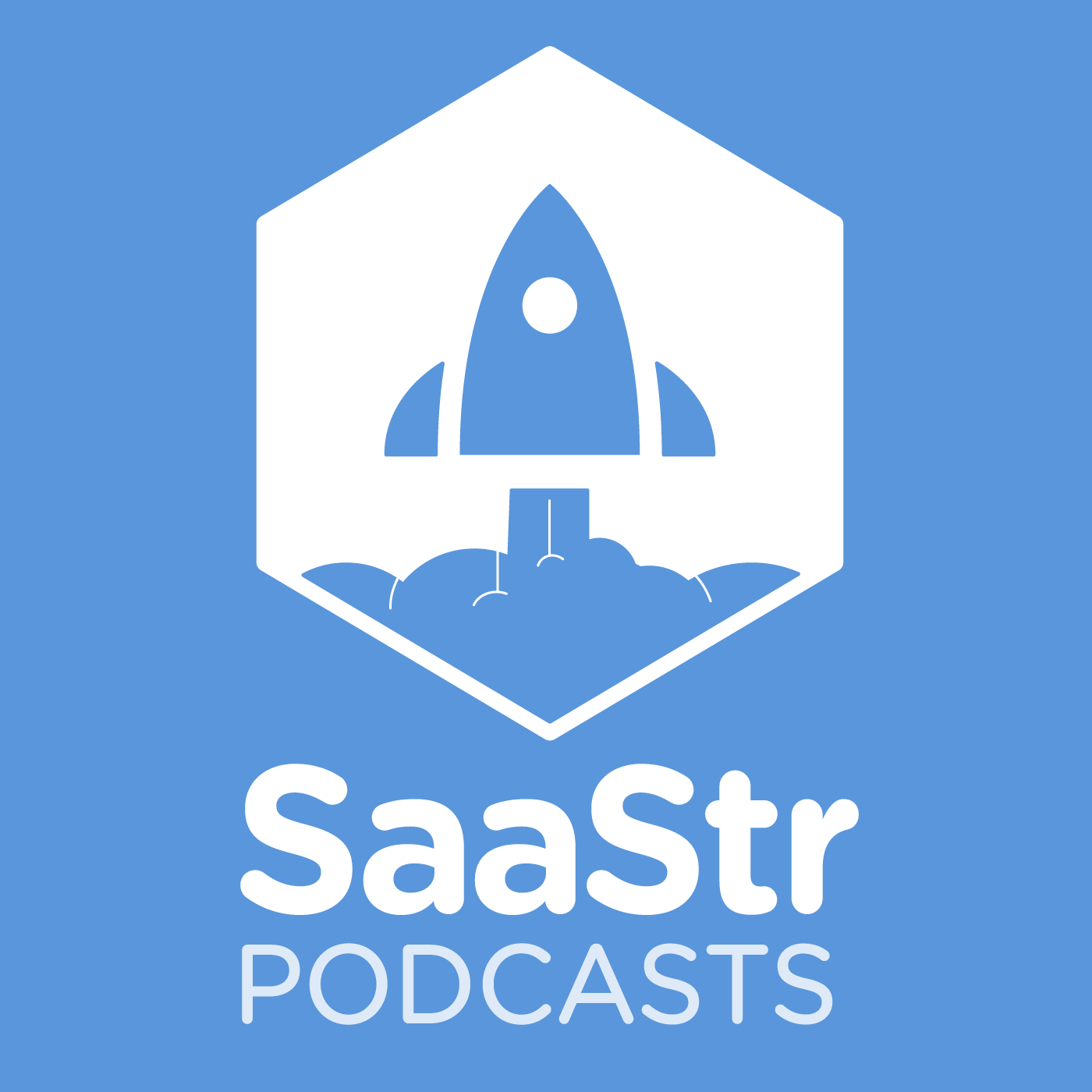Cristina Cordova leads the Payments Partnerships and Platform Partnerships teams at Stripe, the new standard in online payments that handles billions of dollars of business every year for forward thinking businesses around the world. To date, Stripe has raised over $680m in funding from some of the very best in the business including Sequoia, Founders Fund, General Catalyst, Thrive, CapitalG, Kleiner Perkins and Tiger Global. As for Cristina, at Stripe she manages partnerships with some of the biggest global players including Apple Pay, Google Pay, WeChat Pay and more and has also held roles such as Head of Diversity and Inclusion and Manager of Partner Engineering. Prior to Stripe, Cristina was Head of Business Development @ Pulse (acq by LinkedIn) and was in the marketing team at Tapulous (acq by Disney).
In Today’s Episode We Discuss:
- How Cristina made her way into the world of SaaS and came to be Head of Partnerships at one of the fastest growing startups in the world, Stripe?
- Does Cristina agree with the common notion that certain people are destined for certain stages of a company’s life? How can one determine whether some has the ability to scale or not? What are the leading indicators? What have been some of Cristina’s biggest lessons in scaling from 28 at Stripe to 1,300?
- What does Cristina believe is the key to success when it comes to adapting to new roles? What worked? What did not work? Where does Cristina see many go wrong? How should employees think about title both when joining and when at a high growth company? What is the right way for them to think about and approach equity?
- What does Cristina believe is so special about partnerships with early stage startups? How can partnerships be fundamentally dangerous for early stage companies? How can startups determine when is the right time to engage with partners? What are the key questions and terms startups should focus on when partnering with incumbents?
- What makes Cristina lean in on a partnership for Stripe? What does Cristina believe is the right way to communicate this excitement and set expectations? For the larger player, what does the optimal agreement look like? What are the commonalities in the reasons that Cristina passes on potential partnerships?
Cristina’s 60 Second SaaStr:
- What does Cristina know now that she wishes she had known at the beginning?
- Who is killing it in SaaS partnerships today?
- When is the right time to hire a Head of Partnerships?
Read the full transcript on our blog.
If you would like to find out more about the show and the guests presented, you can follow us on Twitter here:







